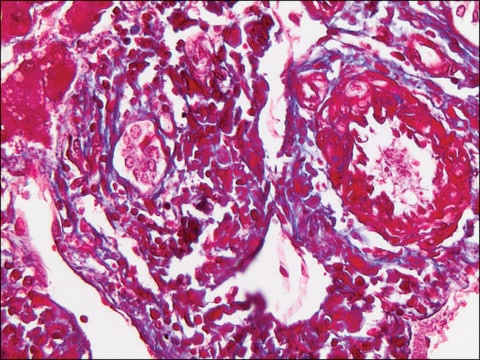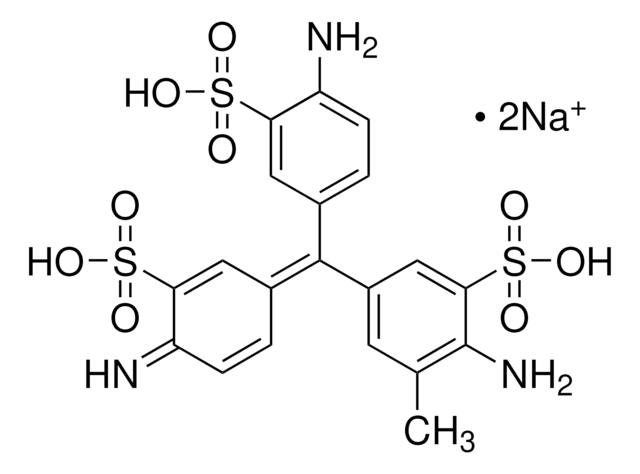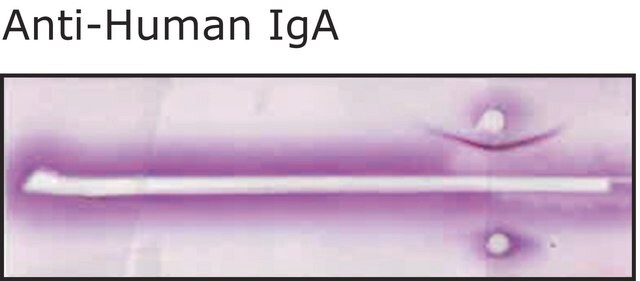415049
Aniline Blue diammonium salt
certified by the Biological Stain Commission
Synonym(s):
Ink Blue R; 4-[4-[[4-(4-aminooxysulfonylanilino)phenyl]-[4-(4-aminooxysulfonylphenyl)iminocyclohexa-2,5-dien-1-ylidene]methyl]anilino]benzenesulfonic acid
About This Item
Recommended Products
grade
certified by the Biological Stain Commission
Quality Level
form
powder, crystals or granules
composition
Dye content, 65%
color
brown to very dark brown, and Red to Very Dark Red and Red-Brown and Very Dark Red-Brown
ε (extinction coefficient)
15000 at 595-605 nm in water at 0.01 g/L
application(s)
diagnostic assay manufacturing
hematology
histology
storage temp.
room temp
InChI
1S/C37H31N5O9S3/c38-50-53(46,47)35-21-15-32(16-22-35)41-29-9-3-26(4-10-29)37(25-1-7-28(8-2-25)40-31-13-19-34(20-14-31)52(43,44)45)27-5-11-30(12-6-27)42-33-17-23-36(24-18-33)54(48,49)51-39/h1-24,40-41H,38-39H2,(H,43,44,45)
InChI key
CSYADFXDZYPANK-UHFFFAOYSA-N
Looking for similar products? Visit Product Comparison Guide
General description
Application
Suitability
Storage Class Code
11 - Combustible Solids
WGK
WGK 3
Flash Point(F)
Not applicable
Flash Point(C)
Not applicable
Personal Protective Equipment
Regulatory Listings
Regulatory Listings are mainly provided for chemical products. Only limited information can be provided here for non-chemical products. No entry means none of the components are listed. It is the user’s obligation to ensure the safe and legal use of the product.
JAN Code
415049-VAR:
415049-250G:
415049-50G:
415049-BULK:
415049-25G:
Choose from one of the most recent versions:
Already Own This Product?
Find documentation for the products that you have recently purchased in the Document Library.
Customers Also Viewed
Our team of scientists has experience in all areas of research including Life Science, Material Science, Chemical Synthesis, Chromatography, Analytical and many others.
Contact Technical Service








